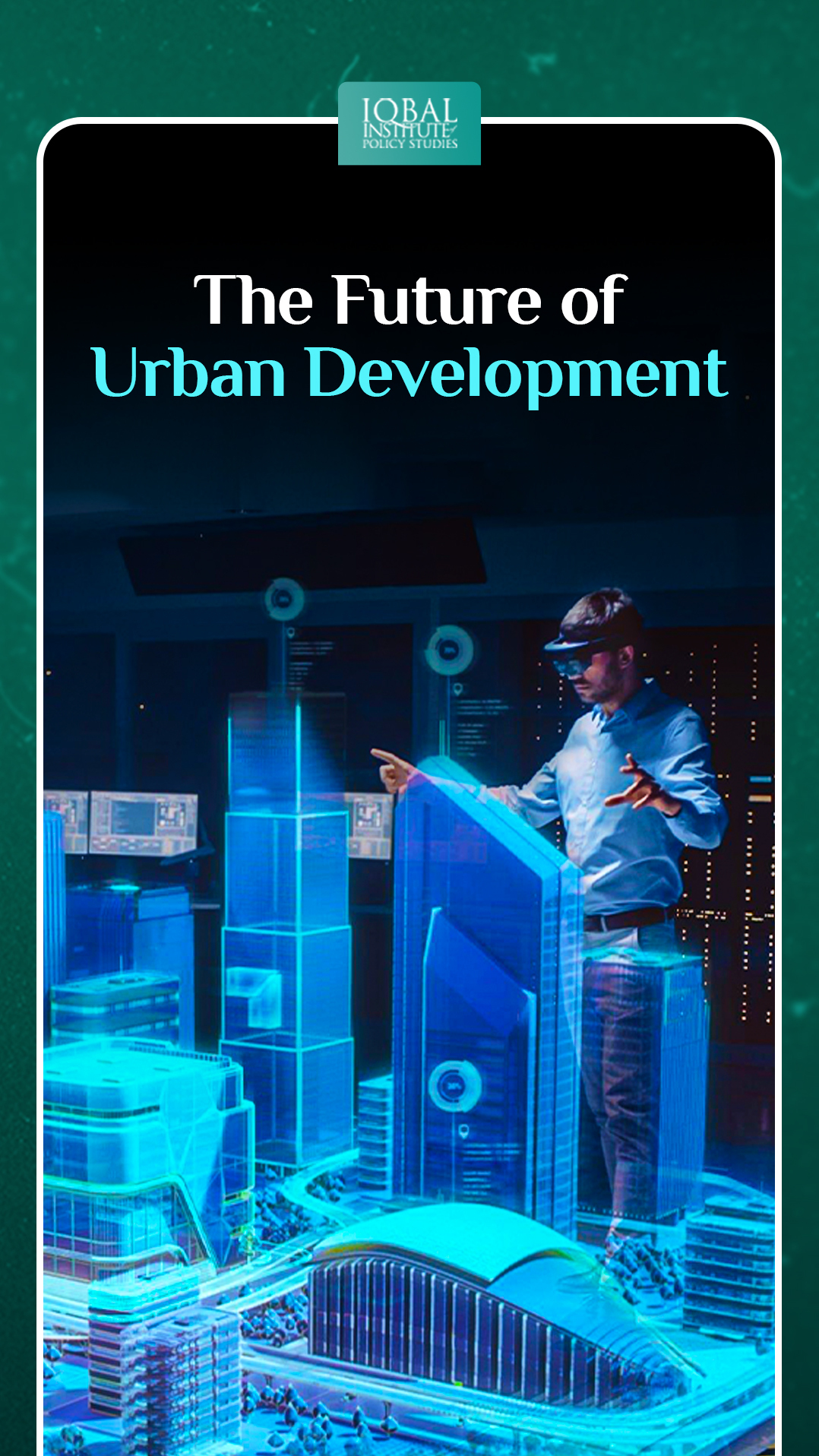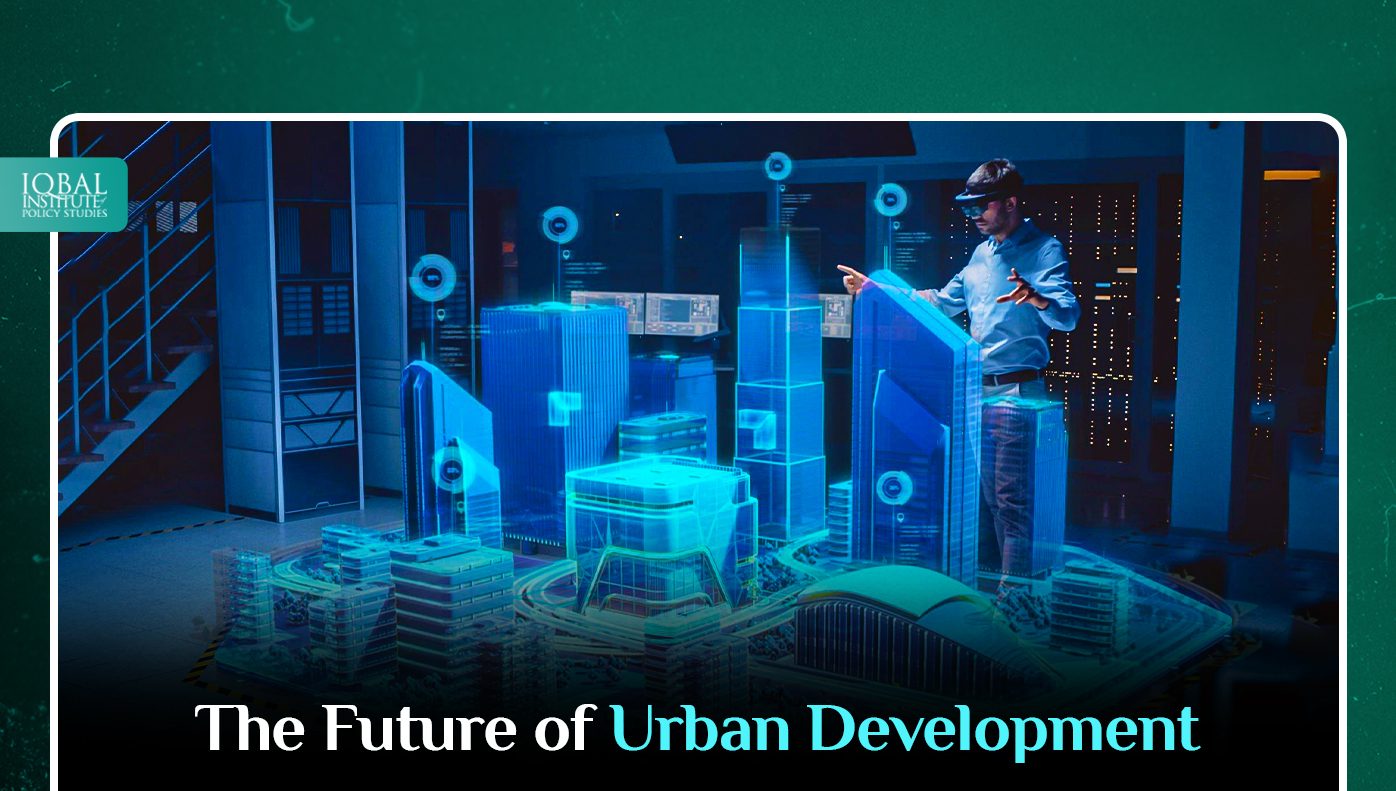Across the globe, at this very moment, the future cities are taking shape. The global population is swiftly undergoing urbanization, presenting both prospects and obstacles for urban development. Thus, with the expansion of cities, the imperative is to establish sustainable urban infrastructure capable of meeting the requirements of current and forthcoming generations. Moreover, urban development stands at a pivotal moment, and the fate of cities hinges on the implementation of sustainable infrastructure and intelligent planning. Through the incorporation of eco-friendly building codes, nurturing collaborations between the public and private sectors, and embracing initiatives for smart cities, urban areas can lay the foundation for a future that is both sustainable and conducive to quality living.
What will the Future Look Like?
Currently, more than half of the global population resides in urban areas. Projections indicate that by the year 2045, the urban population worldwide will surge by 1.5 times, reaching a staggering 6 billion people (World Bank, 2023). It is evident that an increasing number of individuals globally are choosing to reside in urban areas, a trend driven by various factors such as enhanced employment prospects, convenient access to healthcare systems, and exposure to diverse cultures. Consequently, there arises a heightened demand for enhanced infrastructure, green spaces, and efficient transportation systems.
Smart Cities and Technology Integration
The concept of Smart Cities is gaining momentum as technology becomes an integral part of daily lives. Smart Cities leverage the Internet of Things (IoT) to enhance urban infrastructure, making them more efficient and responsive. From smart traffic management to intelligent waste disposal, cities worldwide are embracing technology to create more livable environments. Examples include Barcelona’s use of sensors to monitor and optimize water and energy consumption and Singapore’s smart transportation systems. While the benefits of technology-driven urban development are clear, challenges such as data security and privacy must be carefully addressed to ensure the seamless integration of smart technologies.
Sustainable and Eco-Friendly Urban Design
The call for sustainable urban development is growing louder as environmental concerns take center stage. Green building practices, the use of eco-friendly materials, and the incorporation of renewable energy sources are becoming standard in modern urban planning. Cities like Copenhagen and Vancouver are leading the way in sustainable development, with green roofs, efficient waste management systems, and a strong emphasis on reducing carbon footprints. Moreover, the shift towards sustainable urban design not only benefits the environment but also improves the quality of life for residents by creating healthier and more vibrant communities.
Mixed-Use Developments
Gone are the days of strictly defined residential, commercial, and recreational zones. The future of urban development is characterized by mixed-use developments that blend various functions into cohesive, interconnected spaces. This approach fosters a sense of community and reduces the need for extensive commuting. Examples like New York’s Hudson Yards showcase how mixed-use developments can create dynamic urban hubs that cater to diverse needs, from living and working to shopping and entertainment. Furthermore, the rise of mixed-use developments represents a departure from traditional city planning, offering a more holistic and integrated approach to urban living.
Transportation Innovations
Urban mobility is undergoing a revolutionary transformation. Cities are moving towards sustainable transportation options, expanding public transit networks, and integrating electric and autonomous vehicles. Pedestrian-friendly designs are also gaining traction, promoting walkability and reducing dependence on personal vehicles. As seen in cities like Amsterdam and Tokyo, efficient and environmentally friendly transportation is becoming a hallmark of progressive urban planning. These innovations not only address traffic congestion and pollution but also contribute to creating more accessible and inclusive urban environments.
Social Inclusion and Community Spaces
The future of urban development prioritizes social inclusion and community building. Planners recognize the importance of creating spaces that encourage social interaction and engagement. From public parks and squares to community centers, cities are focusing on designs that foster a sense of belonging. Additionally, by placing an emphasis on community spaces, cities can break down social barriers and create environments where everyone feels welcome and connected.
Challenges and Solutions
While the future of urban development holds immense promise, it also comes with challenges. Rapid population growth, strained infrastructure, and affordability issues pose significant hurdles. Governments, planners, and private entities must collaborate to develop effective solutions. This includes implementing sound policies, investing in infrastructure, and exploring public-private partnerships to ensure sustainable and equitable urban development. Also, balancing economic growth with social and environmental considerations is crucial for creating cities that are both thriving and inclusive.
Moreover, the impact of climate change adds an additional layer of complexity to the challenges faced in urban development. Rising sea levels, extreme weather events, and other climate-related issues pose a threat to the long-term sustainability of cities. Urban planners and policymakers need to incorporate resilient design principles and climate adaptation strategies into their development plans. This involves not only mitigating the environmental impact of urbanization but also preparing cities to withstand and recover from the effects of a changing climate. Integrating green infrastructure, promoting energy efficiency, and fostering community resilience are essential components of creating cities that can thrive in the face of evolving environmental challenges. Effectively addressing the intersection of urban development and climate change requires a comprehensive and forward-thinking approach that ensures the resilience and adaptability of cities for generations to come.
Conclusion
The future of urban development is exciting and full of possibilities. By embracing technology, sustainability, and community-centric design, cities can become more than just physical spaces; they can become vibrant, interconnected ecosystems that enhance the well-being of their inhabitants. The journey towards the future of urban development is a collective endeavor, and the choices we make today will shape the cities of tomorrow.
This article is written by Haneen Gul. Haneen is a research analyst at the Iqbal Institute of Policy Studies (IIPS).



Leave a Reply